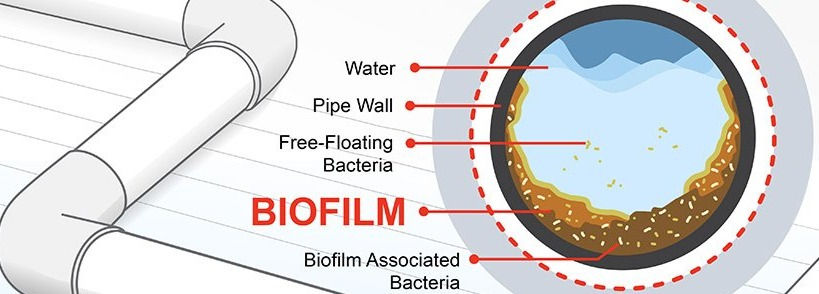What is causing holes in my teeth?
- kerryocm
- Oct 18, 2021
- 4 min read

Do you drink any of the following?
Soda ?
Energy Drinks ?
Chocolate milk ?
Smoothies ?
Fruit punch or Juice ?
Alcohol ?

Now how long do you take to drink theses drinks?
5 minutes...
10 minutes...
15 minutes...
30 minutes...
1 hour...
2 hours...
or 3-4 hours ?
How long should I take to drink these and why ?
Everything you eat and drink can have a major effect on the health of your teeth and gums. Tooth decay is a diet-related disease that commonly develops in response to our consumption of sugar. Sugar from the foods and drinks we consume is taken up by decay-causing bacteria that live on the surfaces of our teeth. The bacteria processes the sugar, turning it into acid which is then excreted on the surface of our teeth where it draws out minerals from the tooth. If this process happens over and over, without any effort to prevent or stop the disease process, it can eventually result in the formation of tooth decay.
Acid Erosion

Not only can drinking soda and diet soda on a regular basis cause cavities from the high sugar and fructose syrup content, but soda can also cause enamel erosion from the high acidity. Research shows when you drink soda, the sugars interact with the bacteria in your mouth and form acid. The acid will then attack your teeth causing caries . In addition, both regular and sugar-free sodas contain acids, which can work to erode your teeth as well. Your teeth can end up under constant attack from consuming soda on a frequent basis


How do you start to stop the cycle?
Eliminating sugary beverages from our diets would be best, but reducing the number of sugary beverages you consume and substituting healthier options with less sugar is already a step in the right direction.
Here is a list of drinks that are better choices:
Water
Unsweetened tea
Milk (unflavoured)
Plain sparkling waters slight reduced pH
Diluted juice vs undiluted juice
All of the drinks that are the better choice have little or no sugar. That means they won’t give the bacteria in your mouth a chance to cause trouble and make acid that can damage your teeth. Water can also contain fluoride, which protects teeth against cavities. The calcium in milk also helps keep your teeth strong. If you or your children are allergic to cow’s milk, try unsweetened milk substitute (such as almond, soy, rice) with added calcium.

Some other things you can do to help are:
Drink, don’t sip. Sipping gives the bacteria more time to eat the sugar and to create cavities. Drink quickly to give your body time to wash away the bad stuff. Try to drink sweetened coffees, teas or sodas in one sitting instead of sipping on them over a longer amount of time. If you give your child juice, have them drink it with meals only, and put only water in a Sippy cup they might carry around during the day.
Fluoride is your friend. If your community’s water is fluoridated, drink tap water to improve your dental health. Fluoride protects teeth and has reduced the number of cavities across the nation. Use a fluoridated toothpaste when brushing.

Brush and clean between your teeth. Brush your teeth twice a day and clean between your teeth once a day. Ask your dentist about the best way to do this. Help all kids under the age of eight to brush and floss well, and be sure to visit to your dentist regularly.

Drink lots of water
Water is the best choice for your teeth. It hydrates the body and allows good saliva to be formed. It is good for you, it is sugar free and in most areas in Australian it contains fluoride. Drinking fluoridated tap water is one of the most cost-effective ways to try to prevent tooth decay.
Knowing what drinks contain sugar and that sugar-sweetened drinks can hurt your dental health is a good start. Set some goals for your family to follow these tips. Good habits begin at a young age, so help your kids make healthy decisions about what they choose to drink. Set a positive example, and you will all have healthier smiles and a healthier future

Reading the label
When reading the food or drink label, the information you need to make a healthy choice is on the Nutrition Information Panel on the back or side of the product. When deciding between products based on their sugar content, look at the amount of sugar per 100 grams (g). This will allow you to compare ‘apples with apples.’ If you use the sugar per serve value, you may be comparing ‘apples with oranges’ instead. It is best to look for foods with 5g or less sugar per 100g. Between 5g and 10g is okay also. If a product has over 15g of sugar per 100g, it may be best to find a healthier alternative.

Gum anyone?
Chewing sugar-free gum may not be the first thing that springs to mind when you’re thinking about habits that can benefit your teeth. But studies have shown that chewing sugar-free gum for 20 minutes after eating can prompt your mouth to produce more saliva, which helps neutralise decay-causing acid attacks.

Did you know that sugar can go by many different names?
The sugar that the bacteria thieves on sucrose, table sugar but often labelled under others names.
If you can simply cut back on sugary drinks, shorten the time you drink them or remove them entirely from their diet, your teeth and your loved ones teeth will be much stronger and healthier smile for it.
Reference list :
Dr Timothy O'Connell-Maritz
Secret Sugars
Ada.org.au
mouthhealthy.org
globelifeinsurance.com



Comments